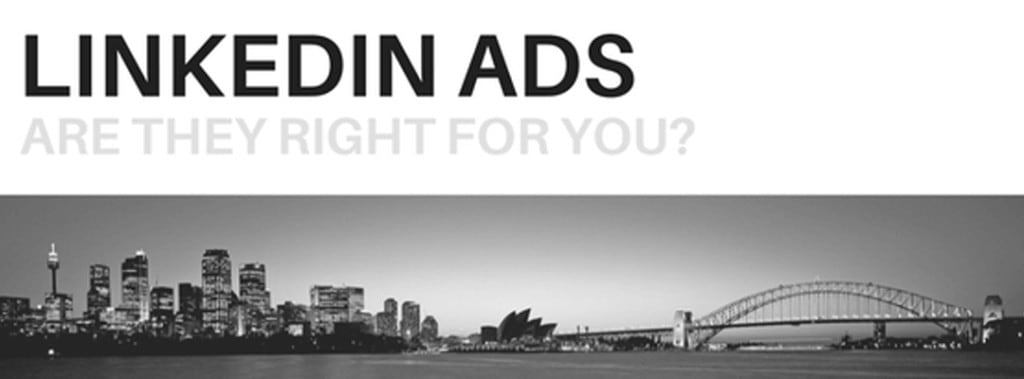Chances are, if you’ve been in the digital marketing game for long enough, you’ve had a presence on all three of the major platforms so far. LinkedIn offers a different take on pay-per-click advertising. While the LinkedIn Ads platform has not been around as long as Facebook Ads, Google AdWords, or Bing AdCenter, it has recently become a mighty competitor. Unlike Bing and AdWords, you’re not bidding on intent-based search terms. Similar to Facebook, you’re going to be targeting people using social targeting methods, but the audience is completely different.
Before you experience platform overload, take a few moments to consider whether leveraging LinkedIn ads is the right move for your business.
Reaching a Professional Audience with LinkedIn Ads
The most obvious difference between advertising on LinkedIn and Facebook (both being social media platforms) is the type of audience you will connect with. On Facebook, you’re more likely to reach people who are casually browsing in their free time. It’s easy to connect with them on a branding level or make a personal connection or sell a consumer product. LinkedIn, however, is primarily populated by professionals who are leveraging the network in order to further their own career or to help promote their company.
The very first thing you should do is put yourself in the shoes of a professional who might be seeing your ad. Are they likely to have a reaction to it? If you’re trying to sell plumbing services or designer shoes, chances are that a LinkedIn user is not going to be in the right mindset to engage with your product. However, if you’re selling accounting software or offering small business financing, you can imagine the typical LinkedIn user would react well to your product. Knowing your ideal audience is the first step, and if you’re advertising something that can thrive in the B2B or professional space, then you’re on the right track.
Advertising on LinkedIn Can Reach Key Decision Makers
LinkedIn’s advanced targeting system is similar to Facebook’s targeting methods. But on Facebook, you usually target people based on interests, behaviors, or demographic information. On LinkedIn, the focus is on businesses and professionals, so the targeting parameters are focused on a user’s professional status. The primary parameters available include location, industry, job function, seniority, and company size.
With these targeting methods, you can ensure you’re reaching key decision makers. Going back to the earlier examples, if you’re trying to sell enterprise-level accounting software, you want to make sure you’re spending your money wisely to reach those who are capable of making decisions on which vendors to use. Using the available targeting methods, you can ensure you target those people who have C-level roles in the company.
Recently, even more targeting options have rolled out, letting you personalize your content. Reach Ivy League graduates by choosing which schools should see your ads. Segment your audience further by age or years of experience. With these more specific targets, you can customize your creative to appeal to that specific group.
Reaching Your ROI with Ads on LinkedIn
At the end of the day, as with most marketing efforts, the question is whether you can achieve your necessary ROI. Because LinkedIn lacks the intent-based targeting that paid search networks have, you can’t as easily control which part of the funnel your audience is in. While you can target CEOs and VPs who make the decisions, you can’t target those CEOs and VPs who are at the point in the funnel where they’re ready to make a decision.
And yet, depending on your average sale, making a large investment into advertising on LinkedIn can pay off once those key decision-makers are ready to purchase. This is why many LinkedIn advertisers drive traffic to a landing page that delivers useful, authoritative content (white papers, guides, PDFs, etc.). If you need help analyzing whether or not LinkedIn is right for you, or if you need help optimizing your audiences and content, contact the paid advertising experts at Hive Digital for a free consultation.









